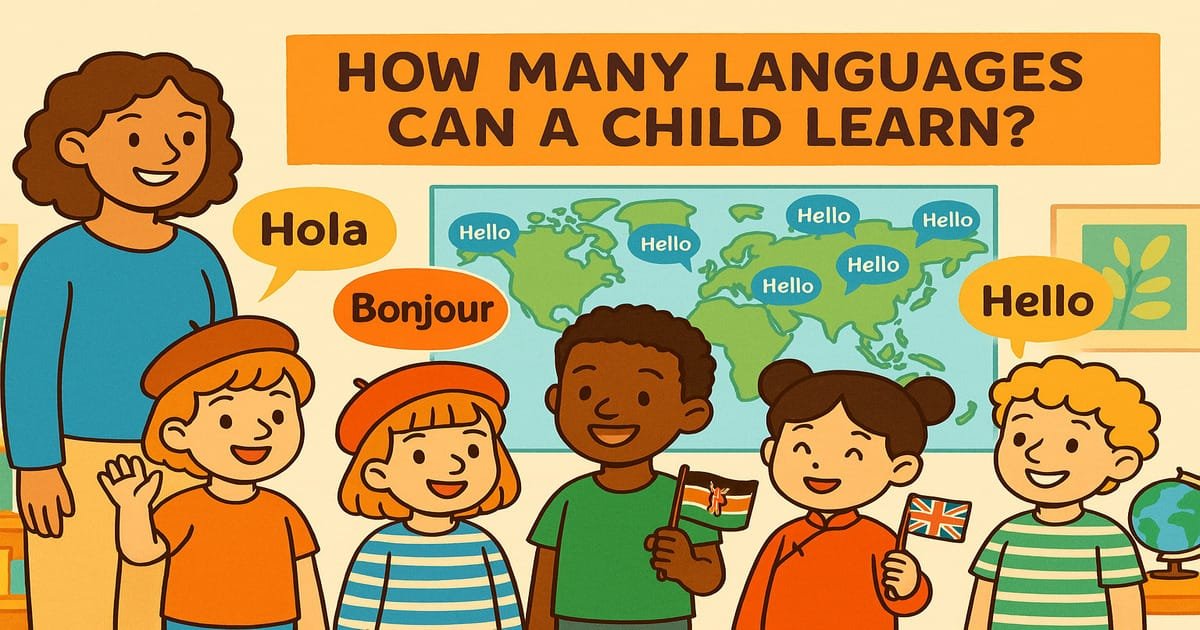Teaching a child to say their name is an important milestone in their language development. It helps them assert their identity and communicate effectively with others. While the process requires patience and repetition, there are simple steps you can follow to make it easier for your child.
First, model asking and answering by tapping your child’s chest and saying, “What is your name?” Then immediately answer with their name. Repeat this several times a day for about a month to familiarize them with the question and response.
Next, give your child the initial sound of their name as a clue. Say, “What is your name? … SSSS!” and allow them to complete the word. Introduce this step after practicing the first step for a month or more.
Finally, ask the question “What is your name?” and wait for your child to independently answer. This step can be introduced after months of practicing the first two steps.
It’s crucial to start teaching your child to say their name around 12 months old when they can respond to their name. Repetition is key, and most children should be able to confidently say their name by 24 months old.
Key Takeaways:
- Teaching children to say their name is an important language development milestone.
- Model asking and answering the question, “What is your name?” to familiarize your child with the concept.
- Give your child the initial sound of their name as a clue to help them say their full name.
- Ask the question and wait for your child to independently answer to encourage their language development.
- Repetition and patience are crucial in teaching children to say their name confidently.
When Should A Child Be Able To Say Their Name?
Children often understand and respond to their names between 4 and 6 months old. However, it typically takes time for them to say their own name, and this usually happens between 18 and 24 months old.
By this age, a typically-developing toddler should be able to clearly and consistently say their full name. It’s an important milestone in their language development as understanding and saying their name is part of their overall language progression.
To ensure your child is meeting the appropriate language milestones, it’s recommended to download a toddler language milestones checklist. This tool can help you track their progress and provide necessary support and encouragement along the way.
Things That Make Names Harder To Pronounce
When teaching children to say their name, it’s important to consider certain factors that may make the task more challenging. Some names are inherently harder to pronounce due to their length or specific sound combinations. Here are some key elements that can affect a child’s ability to pronounce their name:
- Long Names: Longer names tend to be more difficult for toddlers to pronounce accurately. The length of the name can make it overwhelming for them to articulate all the syllables and sounds correctly. For instance, names like Stephanie, Nicholas, Zachary, Theodore, and Sandra may present pronunciation challenges for young children.
- Consecutive Consonant Sounds: Names that contain two or more consecutive consonant sounds can be particularly tricky for toddlers. Pronouncing multiple consonant sounds in succession requires advanced speech motor skills. Examples of such names include Stephanie, Nicholas, and Zachary.
- speech Development: Certain speech sounds are typically acquired later in a child’s speech development. Sounds like “L,” “R,” “Th,” “S,” “Z,” “Ch,” and “J” are often mastered later on. Names containing these sounds may be more difficult for children to pronounce correctly.
Here’s a list of names that are generally easier or harder to pronounce for young children:
| Easier to Pronounce Names | Harder to Pronounce Names |
|---|---|
| Amy | Stephanie |
| Nate | Nicholas |
| Matt | Zachary |
| Mia | Theodore |
| Noah | Sandra |
It’s important to remember that having a name that is harder to pronounce doesn’t indicate any issues with the name itself or the child’s speech development. Children develop at their own pace, and with patience and practice, they will eventually learn to pronounce their full name correctly.
How to Help Your Child Say Their Name

When it comes to teaching your child to say their name, there are several activities and exercises you can do at home to encourage verbalization and learning. Here are three ideas that can help:
1. Repeat Their Name Frequently in Various Contexts
Repetition is key to helping your child become familiar with their name and its pronunciation. Incorporate their name into everyday activities to make it fun and engaging. Try:
- Getting their attention by calling their name enthusiastically
- Watching videos or looking at pictures together and pointing out their name
- Playfully asking, “What’s your name?” and encouraging them to respond
These activities will help your child associate their name with positive experiences and reinforce its importance.
2. Work on Sounds in Their Name with Shorter Words
If your child is struggling to pronounce their full name, you can break it down into smaller parts by focusing on the sounds within their name. Practice these sounds using shorter words that contain the same sounds. For example, if their name is “Emma” and they have difficulty with the “m” sound, you can practice words like “mom” or “me” to help them master that sound.
By gradually building their confidence with the individual sounds, they will be better equipped to pronounce their full name correctly.
3. Consider Using a Nickname
If your child’s full name is particularly challenging for them to say, you can introduce a nickname as an intermediate step. Choose a nickname that incorporates some of the sounds from their full name and encourage them to use it. Once they are comfortable with the nickname, you can gradually transition to practicing their full name.
Using a nickname can help reduce any frustration your child may feel while learning to say their name and allow them to focus on specific sounds or syllables.
Remember, every child learns at their own pace, so be patient and provide plenty of support and encouragement. These activities and exercises, combined with your love and guidance, will help your child develop their verbal skills and confidently say their name.
Conclusion
Teaching children to say their name is an exciting milestone in their language development. It requires patience, repetition, and understanding of their individual skills and abilities. By following the steps outlined in this article and implementing the suggested strategies, you can help your child confidently say their name.
Remember that each child develops at their own pace, so it’s important to be patient and supportive throughout the process. Encourage their efforts and celebrate their progress, knowing that they will eventually master this important skill.
Using child name verbalization techniques and teaching child name recognition can have a lasting impact on your child’s confidence and communication abilities. By investing time and effort in helping them say their name, you are fostering their overall language development and setting them up for success in the future.
FAQ
How can I teach my child to say their name?
Teaching a child to say their name involves three steps: modeling asking and answering, giving them the initial sound as a clue, and waiting for them to independently answer. Start teaching your child around 12 months old and practice repetition.
When should a child be able to say their name?
Children typically understand and respond to their names between 4 and 6 months old, but they usually won’t say their name until they are between 18 and 24 months old. By 24 months old, a typically-developing toddler should be able to say their name clearly and consistently.
What makes some names harder to pronounce for toddlers?
Longer names and names with two consecutive consonant sounds are generally harder for toddlers to pronounce. Certain speech sounds, like “L,” “R,” “Th,” “S,” “Z,” “Ch,” and “J,” are mastered later in speech development, making names with these sounds more challenging.
How can I help my child say their name?
There are three strategies you can try at home: repeat their name frequently in various contexts, work on the sounds in their name with shorter words, and consider using a nickname to facilitate easier pronunciation. These methods can encourage your child to say their name confidently.
What should I do if my child is struggling to say their name?
If your child is struggling to say their name, be patient and supportive. Celebrate their progress and consider seeking advice from a speech therapist if you have concerns about their language development.
Can you suggest some easier and harder names for toddlers to pronounce?
Examples of easier to pronounce names include Amy, Nate, Matt, Mia, and Noah. Examples of harder to pronounce names include Stephanie, Nicholas, Zachary, Theodore, and Sandra. It’s important to note that having a harder to pronounce name doesn’t mean there is anything wrong with the name or with the child’s speech development.





